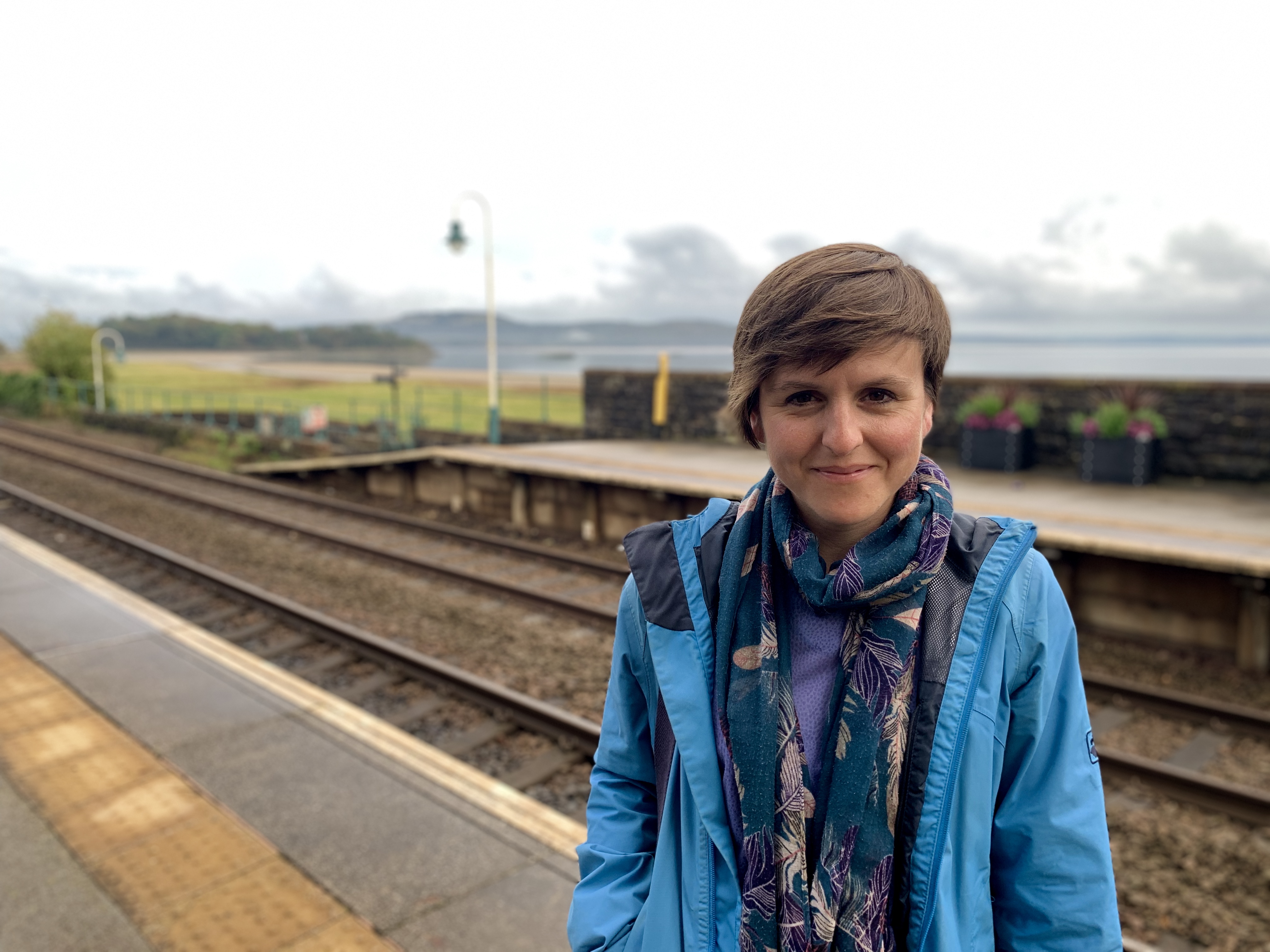
Strengthening community involvement to unlock social value
We’ve seen a lot of change getting underway in recent months, including a new government, new transport priorities, and rail reform accelerating. A more subtle shift I’ve been noticing is the way social value has not only moved up the agenda for train operators and other rail companies, but become a fundamental tenet of how the rail sector presents itself and its purpose.
If you step back, it seems an obvious point, that the railway is here to serve society and bring maximum benefit to people and places. But how the railway understands, assesses and increases that benefit is rapidly evolving, and there’s a lot of important work still to be done, including through rail’s transformation, to really get to grips with what continues to often be referred to as the ‘wider benefit’ of rail. A critical part of this is considering how engaging and empowering communities comes into play, for surely we can’t benefit communities to maximum effect without working with them, hearing them, understanding them, and letting them lead the way. I often talk about rail needing to go ‘beyond the passenger’. Yes, the experiences, needs and ideas of those using rail are important, but if we’re to unlock rail’s greater potential, such as by breaking down mobility barriers and driving modal shift, we need to get out there and engage the many more people who never or rarely get on a train.
Within community rail, we see close-up what unlocking the greater benefits of rail looks like. As a grassroots movement, working in close partnership with the rail industry, and train operators especially, creating social value from railways and stations is our raison d'être. The 75 community rail partnerships and c.1,300 station volunteer groups around Britain know how the railway can bring people together, open up opportunities, spur regeneration, and make people feel connected and happy. We’ve been working hard to better understand the value our members create through their diverse activities, from modal integration schemes, to creative projects with marginalised groups, to rail confidence trips with young people, to station gardening, to social enterprise. Across the piece, we estimate there’s nearly a £18 social return investment for every £1 of community rail funding, although it’s hard to put a price on someone’s life changing for the better.
Since we came up with that number (a complex endeavour with expert help from RSSB, RDG and HACT), people have seemed really impressed, and been asking where that huge return comes from. The key thing for me is community efficacy and empowerment: everything community rail does is led, powered, created and inspired by communities, working together with the railway. Community rail visibly shows the difference people can make, to their local places, to each other, to our future, and it creates a groundswell of good feeling, cohesion and positive change. Maybe that sounds fluffy to you, but we’re talking about critical change: enabling marginalised and excluded people to use rail to access the work and training opportunities they want, supporting a shift to sustainable, climate-safe travel, and enabling communities to come together and act more like communities.
Thinking specifically about the ambitions for rail, the drive behind rail reform, and the new government’s priorities, there’s some incredible alignment with community rail. We want a railway that’s more responsive to local needs, coordinated with local leaders, accessible and inclusive, better used, and playing a stronger part in the sustainable travel mix. These things can’t happen, I don’t think, without engaging local communities, and treating them as partners in the change we need. I know I would say this, but I think the rail sector is incredibly privileged to have an existing, grassroots network, spanning a third of Britain’s railways and half of its stations, ready, willing and able to work with it on that endeavour.
That said, rail reform presents tremendous opportunities to further develop the role of community rail, and the way the rail industry generally approaches working with communities, towards not just a passenger-focused railway, but a community-centric one. I’m looking forward to discussing that further at the Rail Partners conference, and working with our rail partners through the years ahead.
Jools Townsend is speaking at Rail Partners’ sustainability conference on 13 November. Find out more about the conference here.